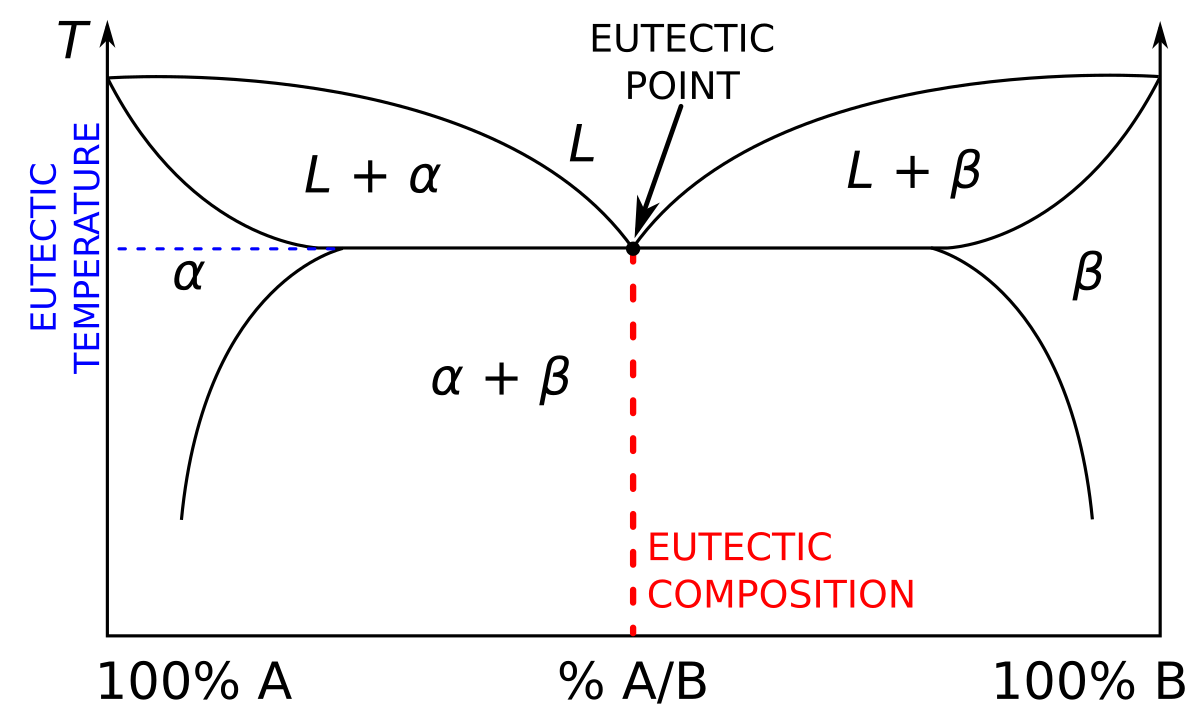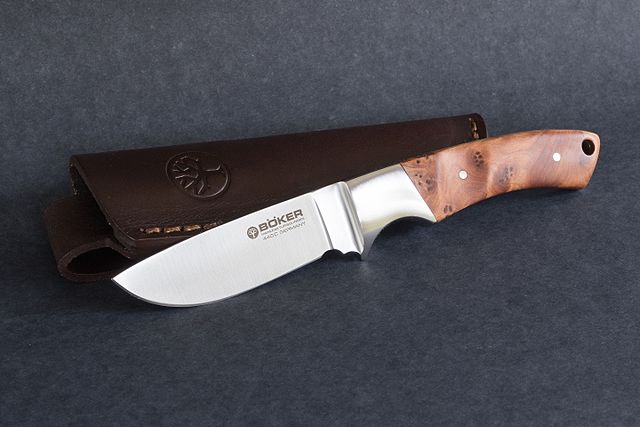- Joined
- Jan 21, 2020
- Messages
- 554
440C should be cheaper but it's still wanted a lot and the price reflects that.
N690 is somewhat nonsense for knives over 440C. Co addition means nothing in low temp temper. No one will sacrifice some stainlessness for a maybe smudge in edge retention. Some companies ban N690 in there use because of Co. It's carcinogenic (don't think it matters but there are fanatics in other disciplines, too). Co sounds cool.
For those who think HC steels can get a sharper edge: razors are stainless. Surgical blades are stainless. Most industry is using stainless when sharpness and endurance is key.
1095 has bad toughness. Nerd site has it all. Just one click away
420HC can out tough majority of HC steels. Why there aren't stainless choppers is a matter of religion.
Dive knives are shit. It's like a disposable when compared to a ...knife. Butter knives have better heat treatment (pun thing )
)
CPM 1095 would be the same as 1095. Want it better: grain refine it more or go to mar-bainite. Still it won't be tough as 420HC and edge retention is lower. Really, I don't understand the hype around 1095. If something has to go it's the HC steels, knife related.
N690 is somewhat nonsense for knives over 440C. Co addition means nothing in low temp temper. No one will sacrifice some stainlessness for a maybe smudge in edge retention. Some companies ban N690 in there use because of Co. It's carcinogenic (don't think it matters but there are fanatics in other disciplines, too). Co sounds cool.
For those who think HC steels can get a sharper edge: razors are stainless. Surgical blades are stainless. Most industry is using stainless when sharpness and endurance is key.
1095 has bad toughness. Nerd site has it all. Just one click away
420HC can out tough majority of HC steels. Why there aren't stainless choppers is a matter of religion.
Dive knives are shit. It's like a disposable when compared to a ...knife. Butter knives have better heat treatment (pun thing
CPM 1095 would be the same as 1095. Want it better: grain refine it more or go to mar-bainite. Still it won't be tough as 420HC and edge retention is lower. Really, I don't understand the hype around 1095. If something has to go it's the HC steels, knife related.





